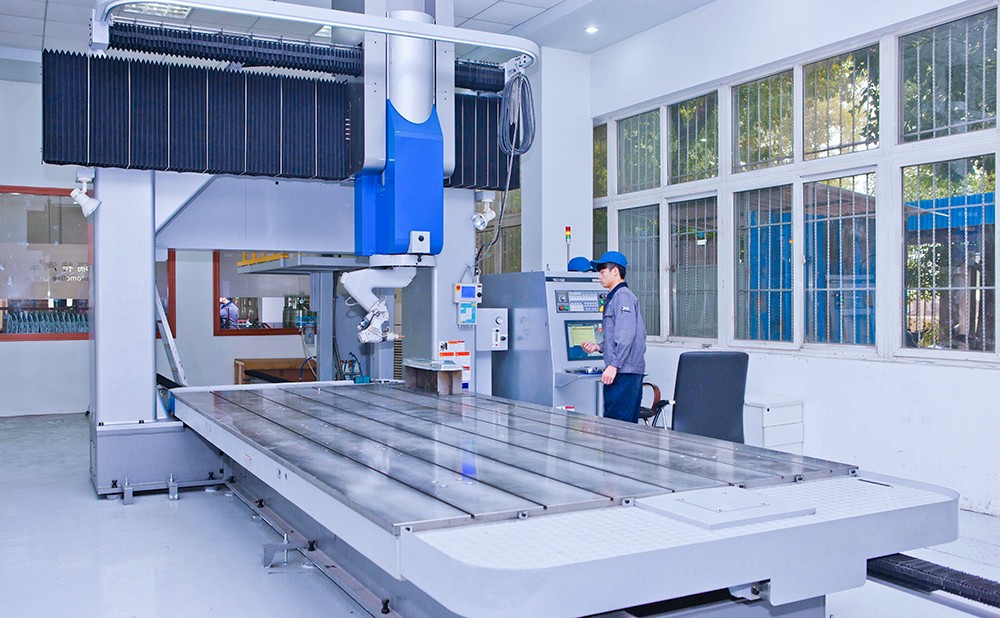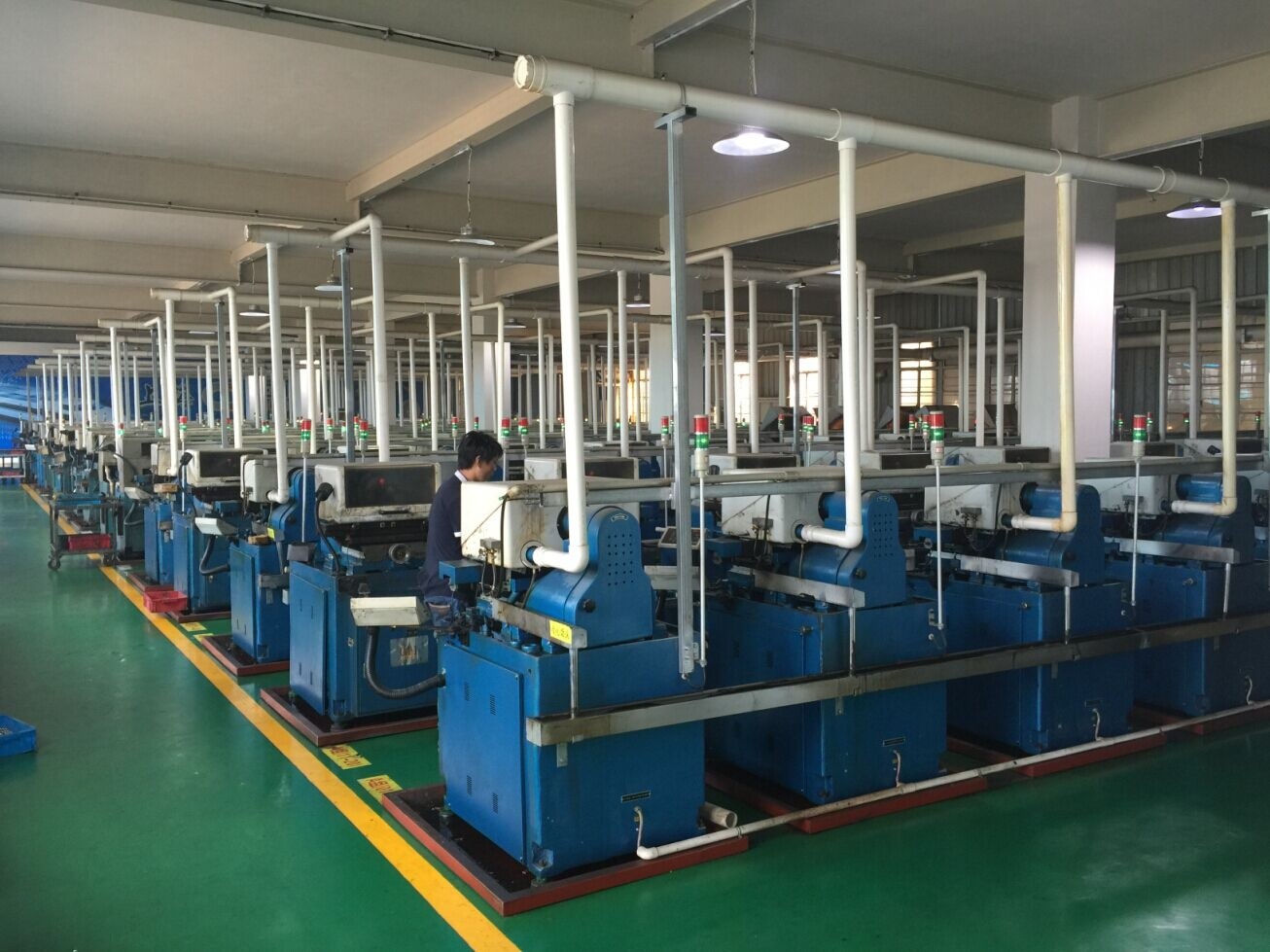In modern manufacturing, metal trolleys are a common logistics equipment. Their manufacturing process requires not only high-precision processing equipment, but also strict quality control and innovative design concepts. This article will introduce the metal processing process of metal trolleys in detail, focusing on the application of high-tech equipment such as laser cutting machines, laser plate cutting machines, pipe bending machines and laser welding machines.
ⅠLaser cutting and laser plate cutting: precise cutting, laying the foundation for manufacturing
The manufacturing process of metal trolleys begins with the cutting of raw materials. As a high-precision and high-efficiency cutting equipment, laser cutting machines play a vital role in the manufacturing process of metal trolleys.
The working principle of the laser cutting machine is to use a laser beam to heat the material to the melting or vaporization temperature to achieve cutting. In the manufacturing process of metal trolleys, laser cutting machines are mainly used to cut metal sheets and pipes. Through pre-designed drawings, laser cutting machines can automatically complete cutting tasks without human intervention. This automated, high-precision cutting method not only improves production efficiency, but also ensures that the cutting edge is flat and burr-free, providing a good foundation for subsequent processing and assembly.

ⅡTube bending: shaping the skeleton of the metal trolley
2.1 Tube bending machine: accurately controlling the bending angle and radius
The skeleton of the metal trolley is usually made of metal pipes. As a device specially used for bending metal pipes, the pipe bending machine plays a vital role in the manufacturing process of the metal trolley.
The working principle of the pipe bending machine is to bend the metal pipe into the desired shape by mechanical or hydraulic means. In the manufacturing process of the metal trolley, the pipe bending machine is mainly used to bend the metal pipe to form the skeleton of the trolley. Through the pre-set bending angle and radius, the pipe bending machine can accurately bend the metal pipe into the desired shape, providing a good foundation for subsequent assembly.
In the process of pipe bending, the following points need to be noted:
Choose a suitable elbow: According to the required bending angle and radius, choose a suitable elbow.
Clamp the pipe: During the pipe bending process, it is necessary to ensure that the pipe is firmly clamped to avoid displacement or swinging during the bending process.
Adjust the bending angle: By adjusting the bending progressive degree of the pipe bender, the bending angle can be precisely controlled. During the adjustment process, the bending degree should be gradually increased until the desired bending angle is reached.
Control the bending speed: During the pipe bending process, it is necessary to control the bending speed of the pipe bender when bending the pipe to avoid the pipe from breaking or deforming due to excessive bending.
2.2 Quality control: Ensure the accuracy of pipe bending
Pipe bending is one of the key links in the manufacturing process of metal trolleys. In order to ensure the accuracy and quality of pipe bending, a series of quality control measures need to be taken.
First, the pipe needs to be cleaned and treated before bending to ensure that the surface of the pipe is free of dirt and wear. This helps to improve the accuracy and quality of pipe bending.
Secondly, the bending angle and radius need to be strictly controlled during the pipe bending process. By pre-setting parameters and gradually increasing the bending degree, the bending angle and radius can be precisely controlled to ensure the accuracy of pipe bending.
Finally, after the pipe is bent, the finished product needs to be quality checked. By checking the bending angle, radius and surface quality, problems in the pipe bending process can be discovered and corrected in time to ensure the accuracy and quality of the finished pipe.
Ⅲ Laser welding and assembly: creating a solid structure for metal carts
3.1 Laser welding machine: efficient and precise welding process
The various parts of the metal cart need to be connected together by welding. As a high-precision and high-efficiency welding equipment, the laser welding machine plays a vital role in the manufacturing process of the metal cart.
The working principle of the laser welding machine is to use a laser beam to heat the welding wire material to the melting temperature to achieve welding. The laser beam is focused into a very small light spot through a focusing mirror, and its energy density is extremely high, which can quickly heat the material to the melting temperature. During the welding process, the laser beam moves along the predetermined weld seam to melt and connect the material together.
In the manufacturing process of the metal cart, the laser welding machine is mainly used to weld metal sheets and pipes. Through the pre-designed weld seam and welding parameters, the laser welding machine can automatically complete the welding task without human intervention. This automated, high-precision welding method not only improves production efficiency, but also ensures the strength and sealing of the welded joints.
3.2 Assembly and debugging: Building a sturdy and durable metal trolley
After completing the processing and welding of all parts, assembly and debugging work is required. Assembly is the process of connecting the various parts together according to the design requirements, while debugging is the process of functional testing and performance adjustment of the assembled metal trolley.

Conclusion
The manufacturing process of the metal trolley is a complex and delicate process that requires high-precision, high-efficiency processing equipment and strict quality control. High-tech equipment such as laser cutting machines, laser plate cutting machines, pipe bending machines and laser welding machines play a vital role in the manufacturing process of metal trolleys. In the future, with the continuous advancement of science and technology and the continuous development of the manufacturing industry, I believe that more high-tech equipment will be applied to the manufacturing process of metal carts, injecting new vitality into the innovation and development of the manufacturing industry.

